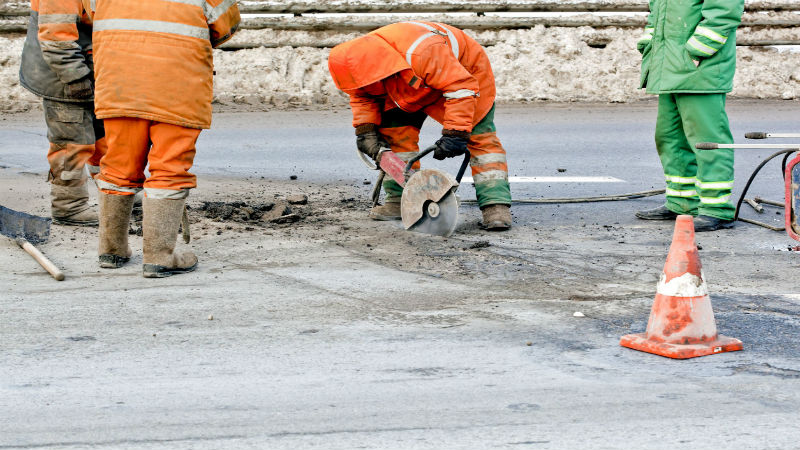Waterjet Cutting Machines use power from various natural resources such as water. They finely cut, shape and design various types of materials such as metals, tiles, composites, plastics, stones and rubbers at a pocket friendly price. The cutting process involves forcing out of water from a plunger at very high speeds that allows the material to be designed or cut and shape it accordingly.
The process is environmentally friendly as it eliminates usage of hazardous chemicals and elements. The machines have very high cutting capabilities. For waterjet machines very strong metals, water and abrasives are mixed to cut the metal. There are both computer controlled and manual waterjet machines. Various waterjet morels offer accuracy and efficiency as they allow for multiple designs in the same format.
Water jetting does not produce dust particles; this allows other activities to take place unrestricted. The machines are powered by either diesel engine or electric motors. The machines can be provided as ultra high-pressure devices.
Waterjet Cutting Machines are helpful in the removal of scaling from the inside of pipe work. The equipment used involves the use of very small nozzles that can fit pipes of small diameters. Since pipes often bend, the machines need to be flexible enough to enable it to cope with the changing conditions it encounters.
Efficient waterjet equipment have little water usage rate. They employ recycling and filtration techniques. This eliminates associated water wastage and the need for water replenishing. Making the process cost effective.
Advantages of using Waterjet Machines:
* Cold cutting with no thermal influences
* Flexible processing of materials of high quality
* Material saving resulting from reduced cutting width on a single sheet
* Environmentally friendly
* High productivity as a result of multilayer and multi head cutting
* Minimal fixture requirements
* Does not produce harmful particles unlike grinding
* They are much lighter than laser cutters; this reduces the problem of decelerating and accelerating of the robot head.
* Easy to learn the systems; cutting and controlling is made simple by the use of user-friendly computer applications.
* No mechanical stresses
Low heat generation ;heat produced is absorbed by water and carried into a tank






